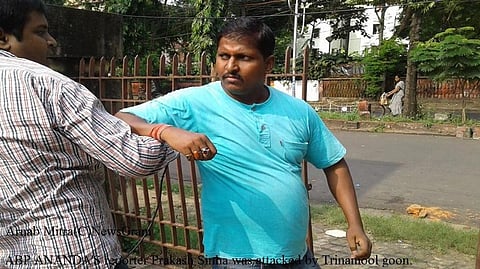In West Bengal there have been many incidents where the Government tried to choke the freedom of the Press. The black period of Indian Journalism was said to be during the Emergency from June 25, 1975 to March 21, 1977. The leading newspapers like The Hindu, The Statesman, and The Times of India had published newspapers with blank editorials as a mark of protest against media censorship. At that time, many journalists were tortured and sent to jail, including Barun Sengupta- the founder editor of leading Bengali Newspaper Bartaman, Gour Kishore Ghosh- founder editor of leading Bengali newspaper Aajkal, and Kushwant Singh.


